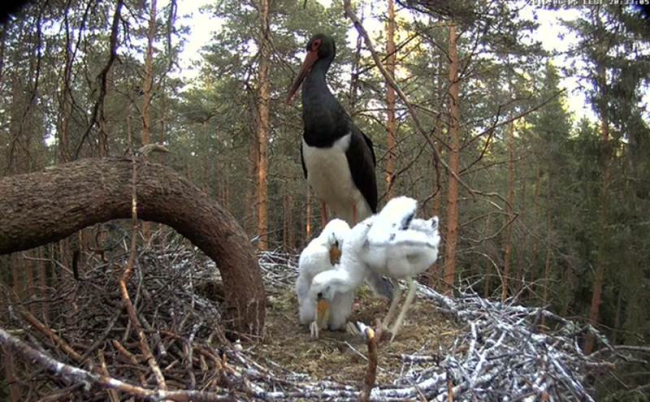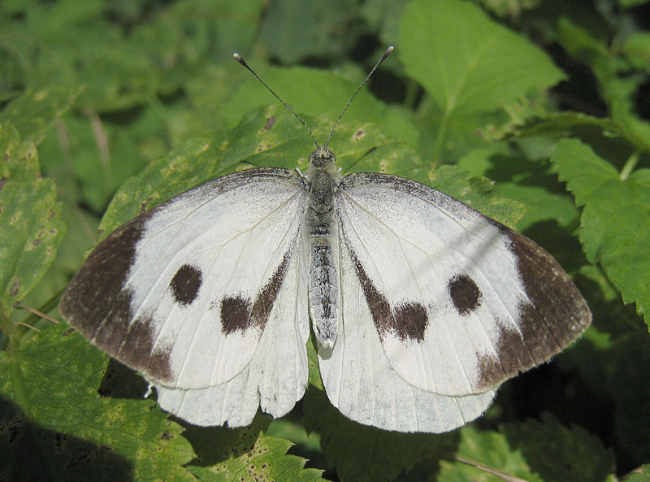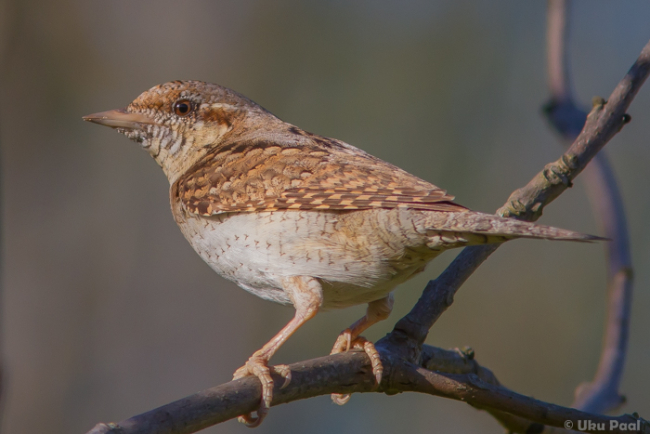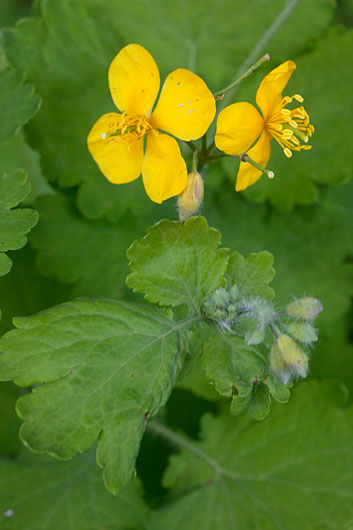Only two storklets in our stork nest
Video recorded by Aita, LK forum
Image from webcam captured by Lussi, LK forum
Translation Liis
Black stork
Since Friday night there are only two chicks left in our black stork nest.
We ask parents please not to show the video below to children!
The smallest chick had grown about half less than its siblings – reasons for this may be many (impossible to decide only visually). Plausibly the adults felt that they would not succeed in raising the smallest chick to fledging. The water level in flowing waters is very low due to the drought, thus feeding resources are also clearly reduced. Why see this act as intentionally cruel – the mind of birds differs significantly from that of humans, instincts for preservation of the species and rationality have prevalence.
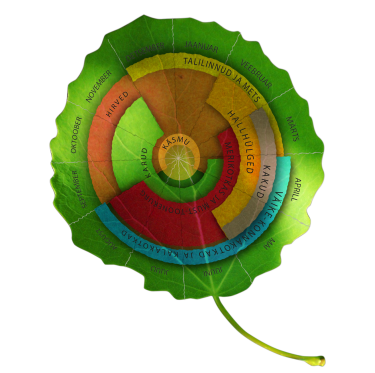 Latest news
Latest news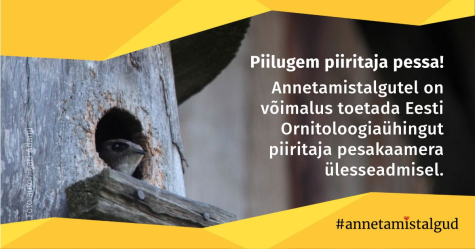
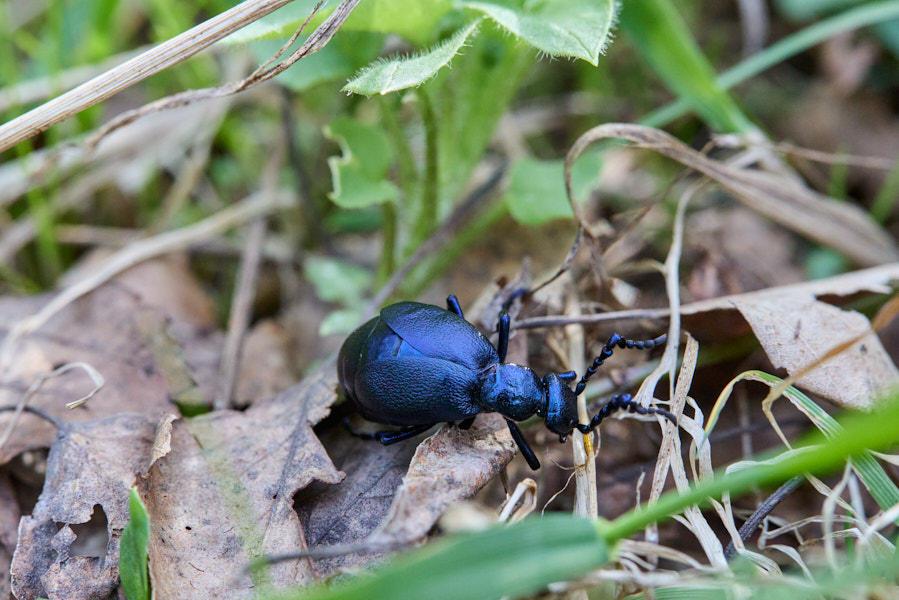 Loodusemees.ee - the day in pictures
Loodusemees.ee - the day in pictures Videos
Videos
 My Forest
My Forest